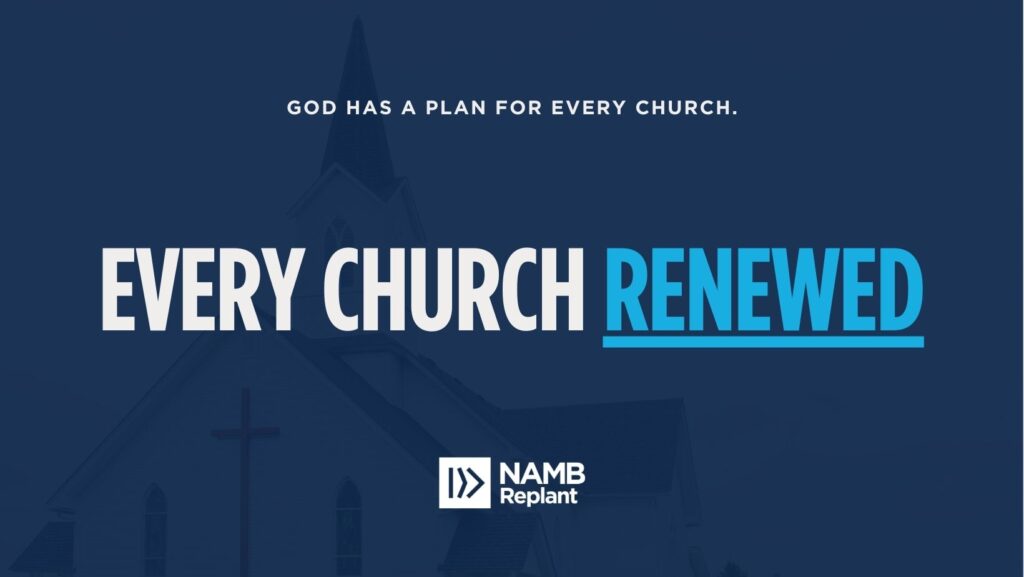Leading churches in revitalization has been the heartbeat of my entire ministry. I have had the joy of standing before the people of God for more than four decades. I also have observed how often pastors tend to migrate to the New Testament when they discuss the idea of revitalization. Allow me this opportunity to share with you some powerful reasons why the Old Testament is a critical component of revitalization preaching.
The best way to understand the health of a church is to examine it through the lenses of the congregation’s own narrative. Every church is, and has, its own story. Revitalization involves helping a congregation understand the story they are living and writing. The reality is that many congregations fail to appreciate the impact that decline has exacted in their story. When a church is in decline, the story that is most often told is all about the “good old days.” This story is filled with grief and nostalgia.
Revitalization is the reclaiming of vision when dreams become the storyline.
A good story has several parts: the characters, the plot, the conflict, and the conclusion. Just as there are multiple characters that make up each Old Testament story, many members influence the life cycle of the local church. When you examine the patriarchs of the Old Testament, you will see the amazing work of God in and through individuals. Preaching from the Old Testament affords you the opportunity to both cheer the heroes and boo the villains. In the revitalization process, both types of individuals will be apparent.
The plot, or theme, of every Old Testament story is that God is actively working in the lives of people for the purposes of redemption and for His glory. He leads people to a new land. In true revitalization, many people will make a journey they have never made before. God declared to Joshua that He would lead the people to a place they had never been before. Many in the local church today have experienced the decline of the church, but sadly few have personally experienced revitalization. A great way to illustrate the steps necessary for revitalization would be preaching on the crossing of the Jordan in Joshua 3 and 4. I am convinced that revitalization is a journey, not merely a destination.
Old Testament stories always involve conflict. Preaching the Old Testament affords a pastor a platform to constructively teach the good, the bad, and the ugly when it comes to conflict management. God’s intervention is critical and conflict is inevitable when it comes to revitalization. The Old Testament is ripe with examples of how conflict can hamper restoration. Nehemiah understood that, when revitalization is underway, conflict comes from both within and outside the people of God.
God wins in every Old Testament story. One of the reasons I like to preach the Old Testament in the revitalization process is the conclusion of the Old Testament stories. Revitalization is filled with four-letter words: “very hard work.” The pastor, like Moses, can become overwhelmed with the process of leading God’s people. Many pastors working with congregations in revitalization understand that God could get the children of Israel out of Egypt in a couple of days, but it would take years to get Egypt out of the children of Israel. Revitalization means leading people on a journey that both transforms the pastor and the people.,
Published January 31, 2019



